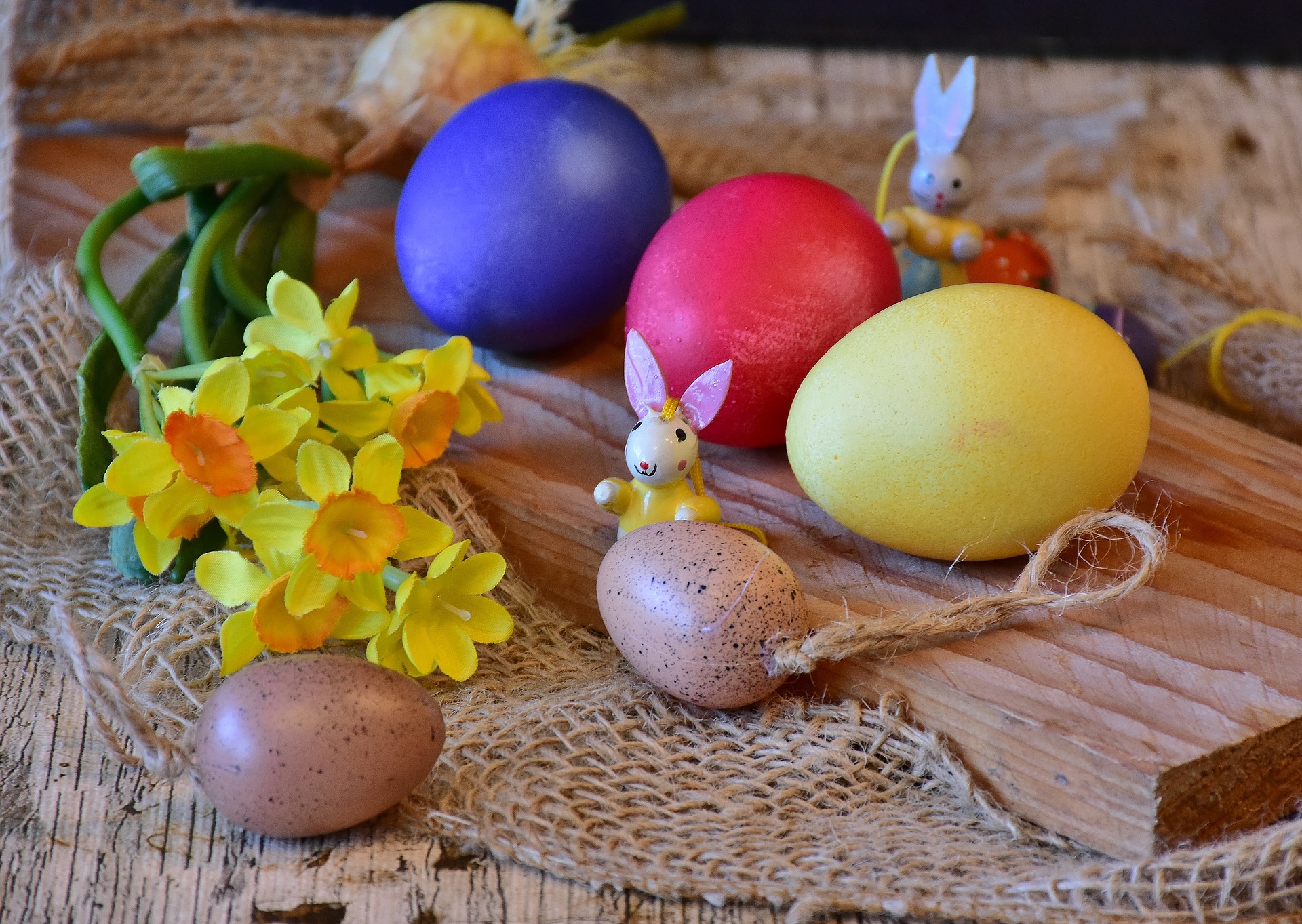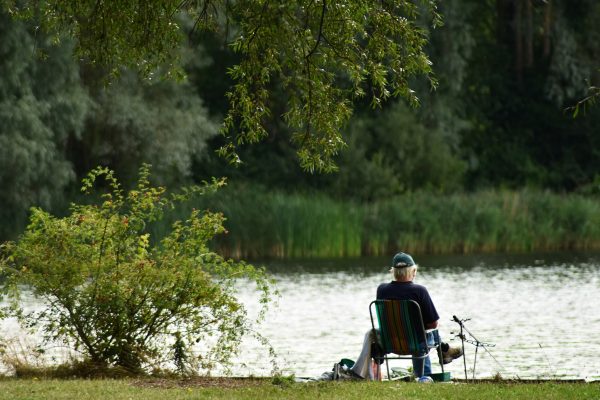As we’re heading into the Easter weekend craziness I thought it was a good time to think about what it is we are celebrating this time of year. Sometimes I get the impression it’s all (and only) about buying stuff. The meaning behind the festivity gets lost in a rush to buy bunnies, eggs, and all the cuteness around this holiday.
Upon researching the meaning behind Easter I got more confused than enlightened. There seems to be a lot of hearsay and half-truths out there. In the name of clarity, I’m not claiming to offer a complete answer to what Easter really represents. Every one – from historian to Christian, from European to Asian – will have a different understanding of what this season means to them. Here is my take on it, as incomplete as it may be.
The beginning of spring
One tradition in Australia is an Easter hat parade at preschools and schools. My son had his parade today and I helped him decorate his hat – for the first time in my life. I asked around but the reason behind the hat seemed unclear. So I turned to google and this is what I found: the Easter hat was traditionally decorated with flowers to celebrate the beginning of spring.
This is just one example of many I found which describe Easter as a celebration of the beginning of spring. Around the world countries and cultures celebrate in different ways. Some farewell the winter with bonfires and lots of noise. Others are more quiet and inward looking by sacrificing animals to ask for a good harvest (an Easter lamb is still a traditional meal in many parts). Most regions have unique foods (lamb, salmon, cakes, breads) and some very odd sounding traditions (in the Czech Republic and in Slovakia for example males pour water over females).
Although spring is far off our minds here in Australia as it is getting colder outside, Easter is celebrated as the beginning of spring. But the Easter hat is not the only sign of spring.
The bunny and the egg
The egg has long been recognised as a symbol of resurrection (the chicken and the egg). The meanings behind eggs are a wild mix of cultural traditions and Christian believes. The legends go from eggs being a symbol of Jesus’ tomb to eggs being part of pagan spring celebrations. Whatever the symbolism, seeing an egg as a sign of life is not difficult.
The colouring of eggs however is more difficult to explain. Some explanations start with eggs as house decorations and others turn to the (biblical) story of Marie Magdalene explaining the resurrection of Jesus. My personal favourite is this: eggs were forbidden in the 40 days leading up to Easter, the Lent season. At Easter priest would give their congregation eggs as a sign to end the fasting period. These eggs were coloured red to remind believers of the scarifies Jesus had made. And to entertain the children during the service, eggs were hidden.
Which brings me to the Easter bunny, the animal proclaiming to be brining (and sometimes hiding) the eggs. The story of the bunny is less clear. Some claim that a Germanic goddess of spring (by the of name Eostre) had a rabbit as companion. This story might however be misleading as it might have been an invention of two historians without evidence. It is more likely that the Easter bunny is a version of Santa Claus for Easter: to bring presents to kids and to scold them if they had misbehaved. Again, eggs were used to end fasting and act as a symbol of new life.
The Christian tradition of Easter celebrations
Now to the part which underlies most of our modern understanding of Easter: the Christian meaning. In a nutshell the story goes that Jesus died on a cross on Good Friday and resurrected on Easter Sunday. There is a lot more to the story, of course. It depends however on the denomination of Christianity which part is highlighted. Jews for example celebrate Jesus’ last supper as part of their ‘Passover’ (which actually remembers the liberty from slavery for Jews; Jesus’ death was added later). Catholics put on a big show 40 days before Easter as carnival to mark the beginning of the Lent season (the fasting season). Some catholic communities in Indonesia play out Jesus’ death on the cross on Good Friday. As a protestant I celebrate Easter Sunday, the resurrection of Jesus.
In contrast to Christmas where Christians in unison celebrate the birth of Jesus Christ, Easter has a less clear-cut meaning. Some churches celebrate the fact the Jesus died to relieve us of our sins. The symbol of the cross reminds us of Jesus scarifies. Other churches celebrate Jesus’ resurrection which means that he remains part of this world and will return. I found the conclusion by Peter Ormerod in the Guardian most helpful in summing up the meaning behind Easter: “If we believe the [Christian] Easter story asserts that life and love are stronger than death and hate, then it’s something that all who believe in a better world can buy into.”




